8 Unique Traditions and Cultural Traits of the Mekong Delta area
The Mekong Delta, which is the newest and the biggest river delta of Vietnam, is the country’s largest rice and fruit manufacturer. The Mekong Delta would not be thriving as it is today without the joint efforts to reclaim the land that had been abandoned of four main ethnic groups, including the Vietnamese, Chinese, Khmer and Cham. These four have coexisted and harmonized to turn the Mekong Delta into such a productive region. In addition, the influences of each group and those of nature have also laid a solid foundation for the modern pattern of the Mekong Delta. In this article, we have selected eight unique traditions and customs of this region so that readers can acquire a grasp of the most prominent cultural traits, which tend to be heavily influenced by nature, of the locals here.
- 1. They prefer freshwater fish and products made from fish
- 2. They rely on water transport
- 3. They love floating markets
- 4. Their clothes can stand the test of time
- 5. Festivals are part and parcel of their lives
- 6. They are generous and easy-going
- 7. They record high water marks
- 8. They uphold the value of women
They prefer freshwater fish and products made from fish
It is apparent that the locals here tend to use freshwater fish as well as other kinds of animals that thrive in the freshwater lakes, rivers, or canals in their meals. The Mekong Delta remains a vital area for aquaculture, with the largest freshwater aquaculture production in Vietnam. This is largely because the region is defined by a complex network of distributaries of the Mekong River, creating a natural environment that supports a rich variety of flora and fauna, especially freshwater fish and crabs.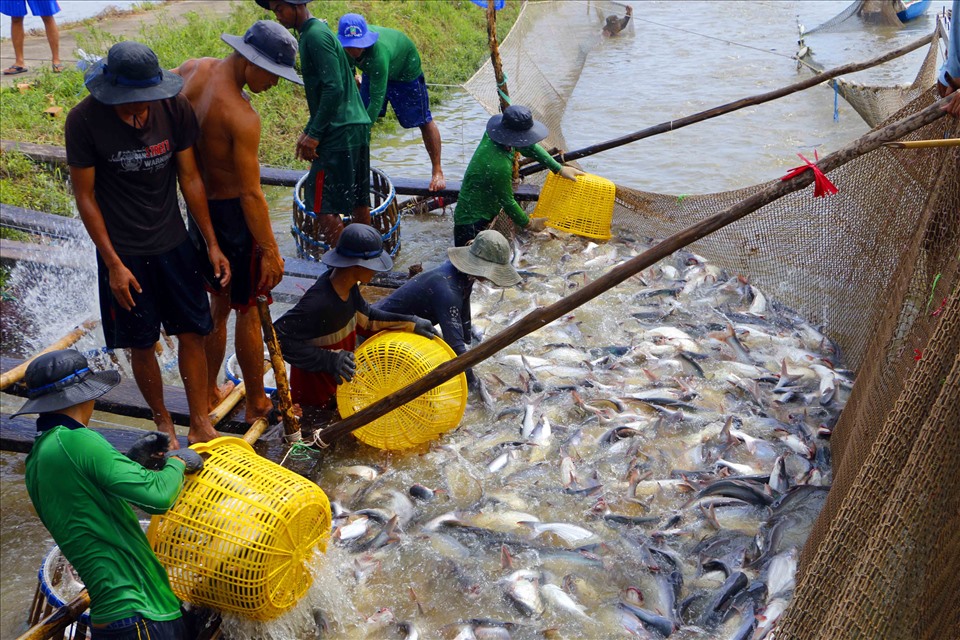 Photo: laodong.vn
Photo: laodong.vn
They rely on water transport
Living in a region comprised of thousands of canals, distributaries, and large rivers, the Mekong Delta locals primarily commute by small kayaks or motorboats. Because of these geographical characteristics, the early Vietnamese settlers from the North preferred to build their homes near wharfs or river confluences, seeking convenience and accessibility for transportation.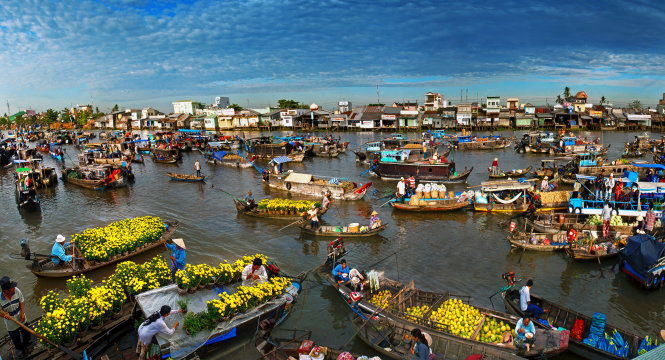 Photo: tuoitre.vn
Photo: tuoitre.vn
They love floating markets
Floating markets are a unique cultural aspect of the Mekong Delta, thriving due to the area's intricate network of waterways. Residents commonly settle in confluences, making it natural for floating markets to flourish. Cái Răng, located on the Cần Thơ River, is recognized as one of the largest floating markets in Southeast Asia. However, with ongoing developments in road infrastructure, floating markets have been experiencing a decline. Despite this trend, the locals take pride in their distinct floating markets, which remain unparalleled throughout Vietnam.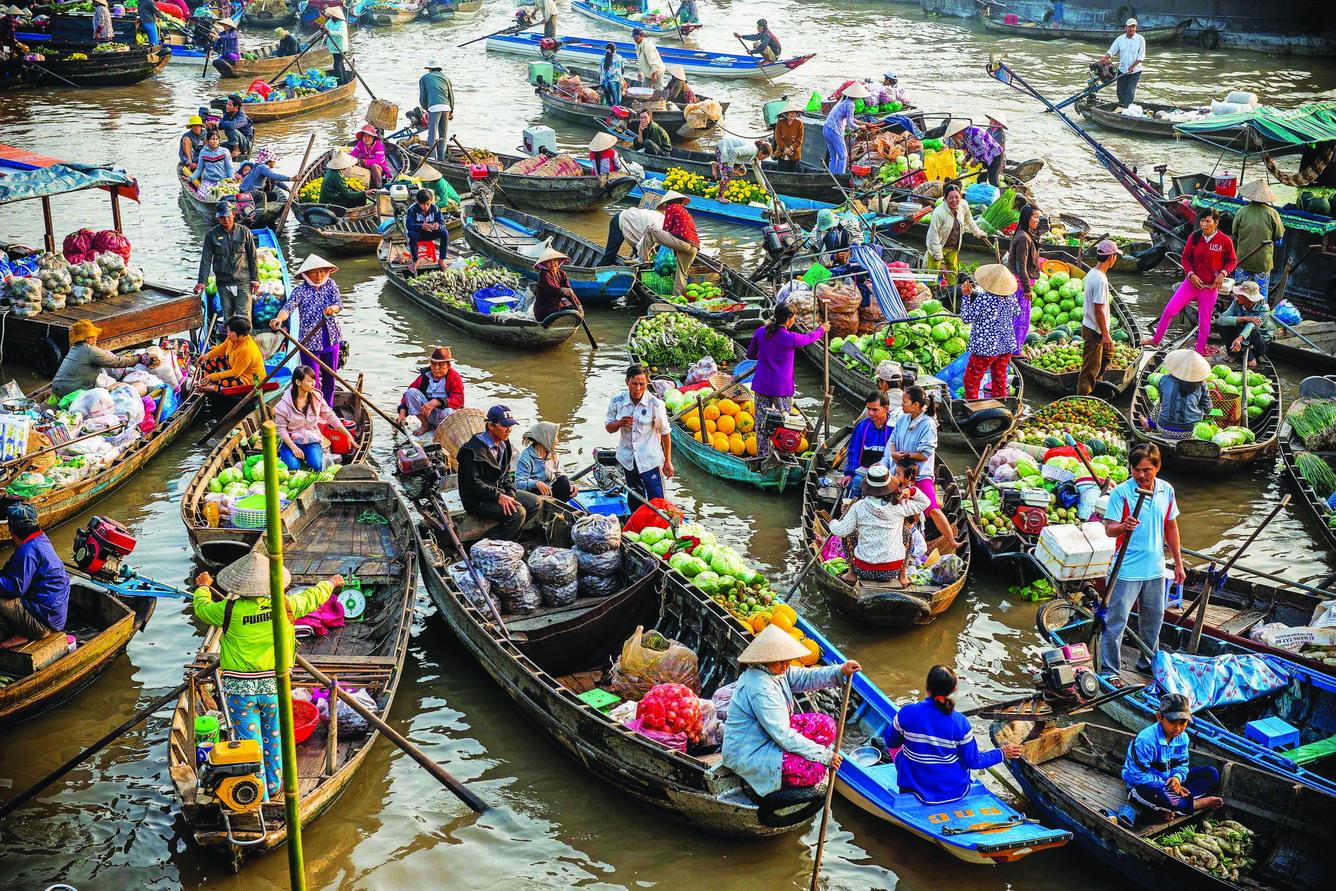 Photo by @linklinkytk1123
Photo by @linklinkytk1123
Their clothes can stand the test of time
The Mekong Delta, located in a sub-equatorial climate, exhibits a distinct pattern of two clear seasons: a dry and hot season from November to April, followed by a warm and wet season from May to October. Given these conditions, high-quality fabrics like silk are not practical, especially as three-quarters of the region consists of water. The locals typically favor thick, durable fabrics of dark colors that can endure the rigors of their environment. The symbolic attire of this region is known as “áo bà ba,” a style that has been popular since the days of the first Vietnamese settlers.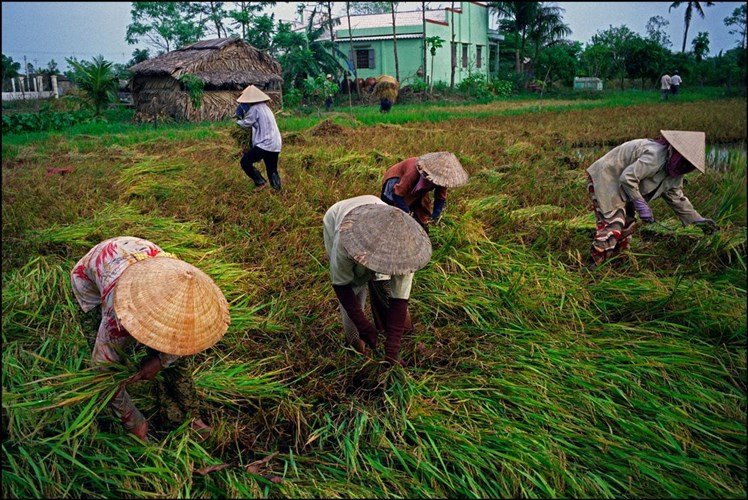 Photo: khoahoc.tv
Photo: khoahoc.tv
Festivals are part and parcel of their lives
The festivals in this region reflect a rich amalgamation of cultural influences from Northern Vietnamese, Chinese, Cham, and Khmer immigrants. For many in the Mekong Delta, the Kỳ Yên festival, celebrated annually from the 15th of January to the 15th of March according to the lunar calendar, is of particular significance. Villagers gather at communal halls to perform traditional rituals and watch hát bội, a Vietnamese opera with roots in traditional Chinese performance that is less common in Northern Vietnam. The Khmer community celebrates Chol Thnam Thmey, coinciding with the Khmer New Year, while the Cham people observe their own Muslim festivals, such as Ramadan and Eid. The Chinese similarly partake in festivals celebrated by the Vietnamese, such as Lunar New Year and the Mid-Autumn Festival.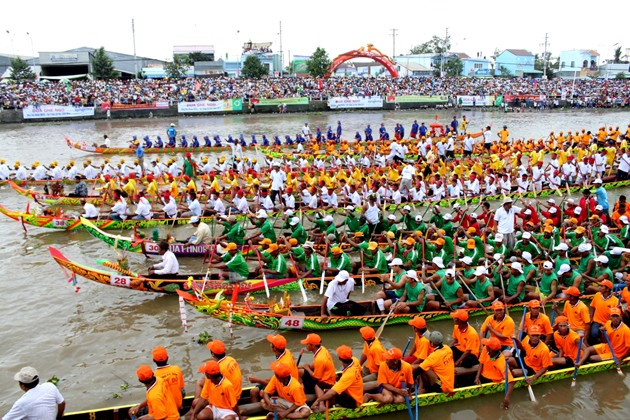 Photo: toquoc.vn
Photo: toquoc.vn
They are generous and easy-going
The Mekong Delta enjoys a generally stable climate, with minimal occurrences of extreme weather events such as hurricanes or floods. This region is blessed with fertile soil, supporting high crop yields. As a result, those working in agriculture can achieve a decent livelihood, with some farmers engaging in supplementary income activities like fishing or animal trapping. After the harvest, families often enjoy the fruits of their labor together, which fosters a culture of generosity and community in the Mekong Delta.
They record high water marks
Living close to major rivers, the Cham ethnic group in the Mekong Delta constructs stilt houses to protect their homes from annual flooding. Following notable floods, it has become customary for these communities to create markers indicating the highest water levels reached, serving both as a memory of the event and a practical guide for future reference.
They uphold the value of women
Women in the Mekong Delta play a critical role in family economies, often being the primary breadwinners. While a Vietnamese proverb states that "one man is worth ten women," this sentiment does not hold true in the Mekong Delta, where women are recognized for their contributions to household financial stability. The respect afforded to women in this region serves as a foundation for the ongoing fight against gender inequality and the broader development of society.
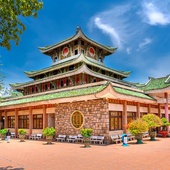
8 Best Cultural Attractions of Mekong Delta
Mekong Delta is not all about water and canals. The region is also a beautiful picture of diverse cultures, religious landmarks and colorful festivals. Get to know Mekong in depth with these attractions.
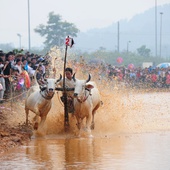
Ox Racing at Khmer Dolta Festival (An Giang)
In a delightful atmosphere after a successful bumper summer-autumn crop, Khmer community in An Giang and other southern provinces such as Soc Trang and Ninh Thuan is excitedly preparing for their annual Dolta Festival, which lasts from 26 to 29 September.








